
ACECAD, a software company whose roots stem back to the mid-1980s, has had a close look at its business and its position within the structural steel software sector over the past couple of years. It has re-evaluated the technology at the heart of its products, and also examined what the steel fabrication industry needed to drive it forward. It worked with its customers to identify where bottlenecks were occurring and drew on the vast experience of its in-house StruServices detailing team, which has worked on a wide range of worldwide contracts.
The management team identified that its software needed to bring together everyone involved in the steel fabrication process to improve efficiencies and drive down costs. Embedding advanced interoperability and communication tools directly inside all of its core products would do this. From a software perspective, it meant re-writing its products using Microsoft’s Visual Studio 2008 .NET and SQL Server 2008 technology to produce an evolution in the steel software sector.
Road to evolution
While AceCad is best known for its 3D steel detailing software, StruCad, it actually offers a top-to-bottom solution for the complete delivery of steelwork projects. “We are unique in the industry insofar as we are the only software supplier that has a complete solution for structural steelwork – from the early feed stages, through to engineering, connection design, estimating, the costing of the project (even the costing of the project up in the feed stage) and also all the way through down to erection,” says Richard Brotherton, director, AceCad Software. “We have elements of the software that cater for everything from procurement and nesting to production control and routing around the workshop.”
While AceCad certainly has depth to its software portfolio, it acknowledged that its customers (and those of competitive products) were not able to effectively share and re-use data generated from the design office all the way to site.
“We identified that we needed to harness the information at all stages of the process and in real time pass it to the people that require that information. This helps them make the right decision and, therefore, bring down the cost of the project at the beginning as opposed to trying to shave costs off the bottom,” explains Brotherton.
“Once it goes past the connection design, 50 per cent of the cost of the project is already defined – you cannot change it.”
A core tenet of AceCad’s new philosophy is about placing more information directly into the hands of the engineer so he or she can make decisions on connection design based on actual cost – of cutting, welding – and not just material cost. Brotherton envisages a future where live information about a number of fabricator’s costs, processes, stock and CNC (computerised numerical control) machinery will be available upstream, not only driving down expenditure further but helping choose the most cost-effective fabricator for a specific job.
AceCad’s name for the technology that will enable this high-level information sharing is evolution, with the first suite of products scheduled for preview last month (June). All products in the new evolution suite link into a central SQL database, which is what AceCad refers to as the Fabrication Information Model (FIM), a steel industry-centric implementation of Building Information Modelling (BIM).
The evolution family currently includes StruEngineer evolution for structural engineering modelling, StruCad evolution for structural steel detailing, StruMIS.NET evolution for managing the estimating, procurement and fabrication process, and StruWalker evolution for visualisation and communication. Other products, including StruContract evolution, a contract management collaboration portal and StruConstruct evolution, for structural construction management, will be added later.
Open model
While AceCad would undoubtedly love everyone to adopt its technology from the top of the process right down to the bottom, it takes a realistic view of the industry. Brotherton acknowledges that interoperability will continue to be extremely important in the steel construction software sector. “There are always going to be projects where there are multiple software products in use and we need to be able to tie into that.”
With evolution, this is done by harnessing a wide range of established structural interoperability standards and linking into its central FIM database. AceCad has purposely left this open so anyone can import data into it or extract data from it.
“The initial first phase will be through the bi-directional passing of information, through established standards like CIS/2 and IFC. We are also working with Bentley (we are actually a Bentley developer) on its new ISM format and this will be implemented in the future,” he says.
Communicating change
AceCad’s new platform goes beyond simple translators. The backbone to evolution is in how it manages the flow of information. All data is controlled through a document management system and RFI (Request for Information) management system – so there is full traceability.
“The document management system in StruCad is the same as in StruMIS, the same one that is in StruEngineer, which is great because we can share that information very well,” says Brotherton. “When an RFI is created, it includes instruction messages, the dates of required responses and the dates they were received. All of the responses, and any associated documents that came with it are logged so it is a full control system.
“Some 20 or 30 per cent of the average detailer’s day is spent managing paperwork. His job is to generate paperwork, but then he has to do something with it. By automating this process, this will give him more time to do his core duties – whether that is designing or detailing.”
Depending on the complexity of the job, and the geographic location of those involved, there may be a number of different databases used on any one project. In theory, the fabricator, detailer, and engineer could each have their own database with information shared between them, and other third parties.
At the moment, StruWalker plays a major role in this process. Originally developed as a means of visualising and interrogating huge steel fabrication models, the product has now evolved considerably.
“StruWalker is now a lot more than a rendered model that you can take a look at and get some information. You actually communicate with it. You attach information to it and that information comes back in a managed environment,” says Brotherton. “People are sharing this information very visually without having to jump on the telephone or search through thousands of emails. All of this information we hold, we are exposing to people at the time they require it.”
New StruCad interface
With the whole platform being completely redeveloped, the look of StruCad evolution is very much in line with Microsoft User Interface guidelines. It now features the ubiquitous Ribbon found in Microsoft Office and many other applications.
To help new and existing users find commands, the system includes full search capabilities. At the command prompt, users simply start to type what they are looking for and it will automatically bring up suggestions according to description and abbreviations.
To help guide users through new processes, Wizards are used wherever possible. And to aid communication in the global market, the system includes a built-in translator for multiple languages. This currently uses off-the-shelf technology, but for simple change orders, the translations are sufficiently accurate, says AceCad.
In StruCad evolution and StruWalker evolution, there is full association between the model and the database. The database can be interrogated easily in any number of ways and the results seen instantly in the model view.
Conclusion
The introduction of AceCad’s evolution suite looks to be an exciting new development for the structural steel fabrication industry as a whole. By providing the engineer with information that shows the real cost implications of different design decisions, there is a huge potential to bring down overall expenditure. By sharing information downstream, evolution can also help minimise the impact that delays in the delivery of steel to site may have on construction sequencing.
Getting the steel fabrication sector to buy into this new technology and philosophy is not going to be easy. It will certainly require a cultural change throughout all areas of the industry – something that Brotherton acknowledges will take time. “A few years back, the idea of people sharing models was unheard of – who is going to sign that off, who is going to take responsibility? But now we are starting to get over that and people are open to thinking that way.
“Evolution is the next stage. I am not expecting that everyone is going to buy into this tomorrow, but we are putting a flag on top of the mountain that everyone wants to get to, and once that happens we will put down another flag. Everyone wants to know the true costs as early as possible, and with that information they will be able to have a much bigger influence on the overall cost of a project.”








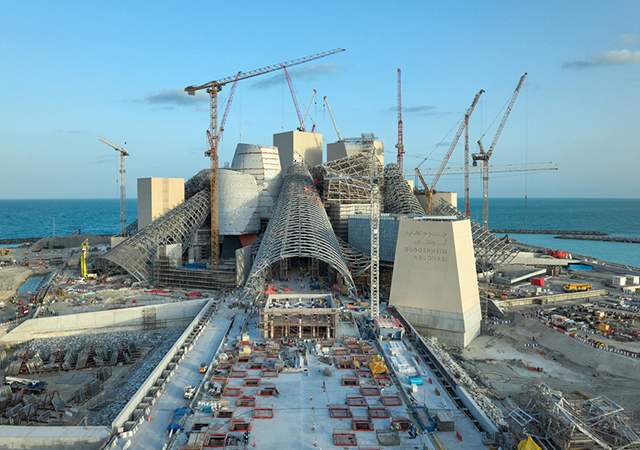
.jpg)





.jpg)






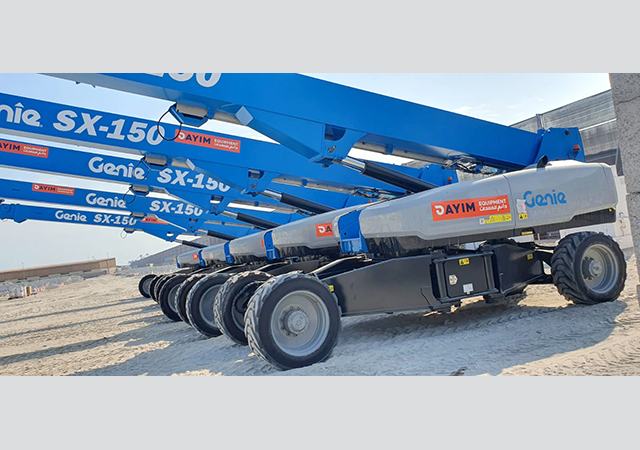
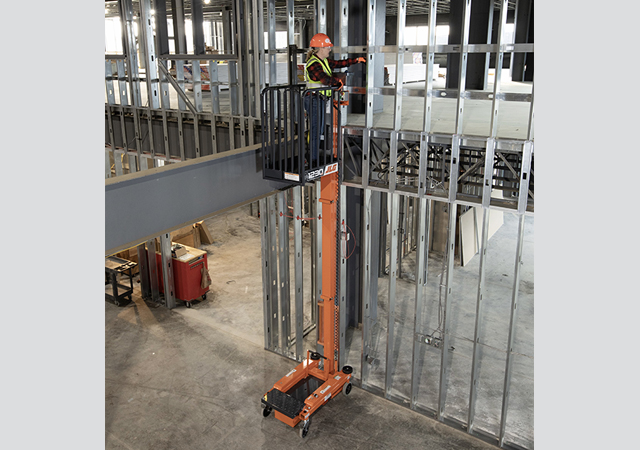
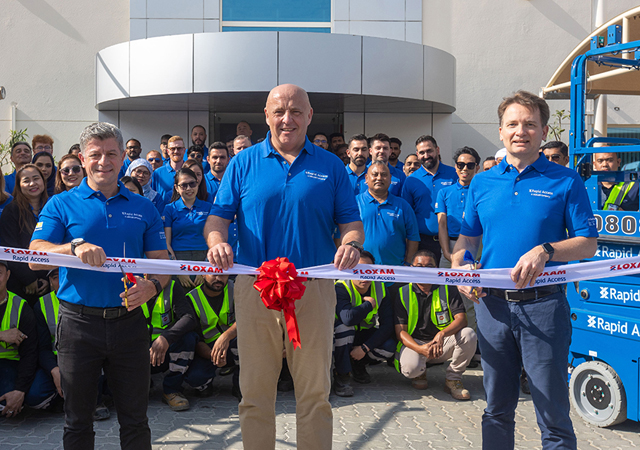
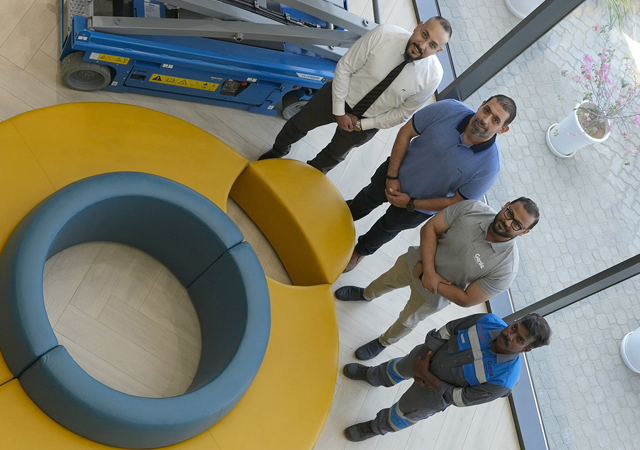
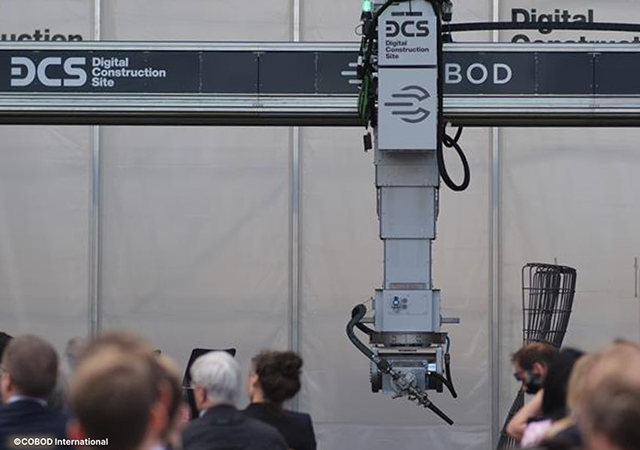
Doka (2).jpg)
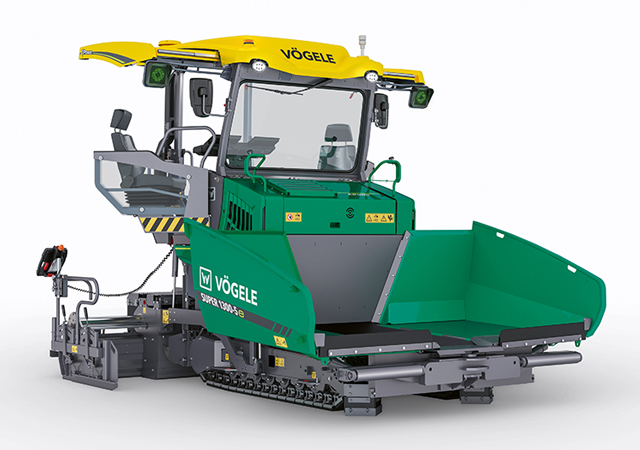


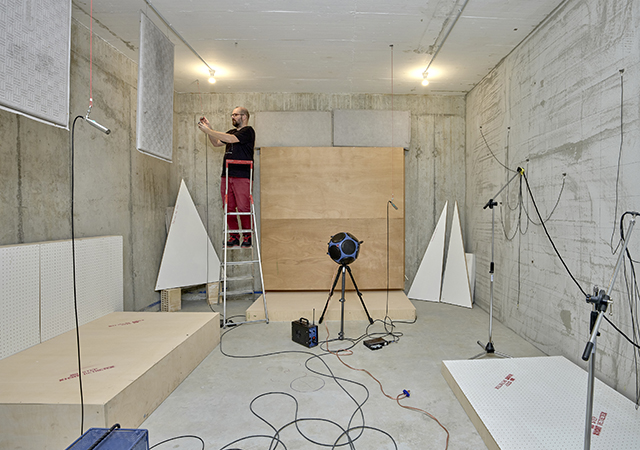
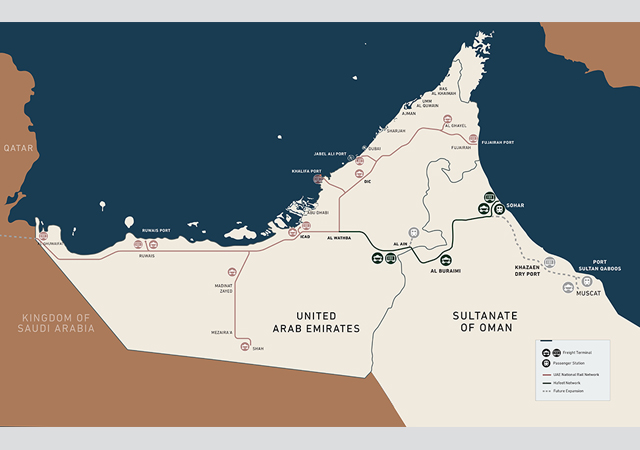
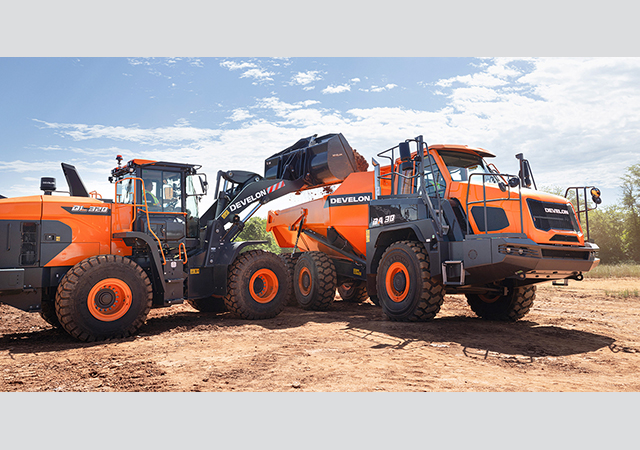










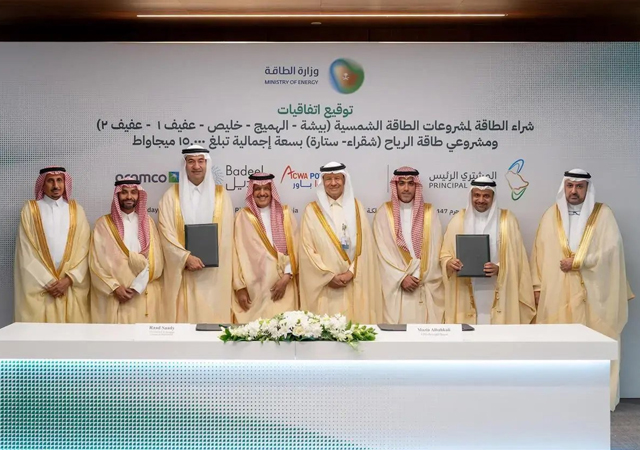
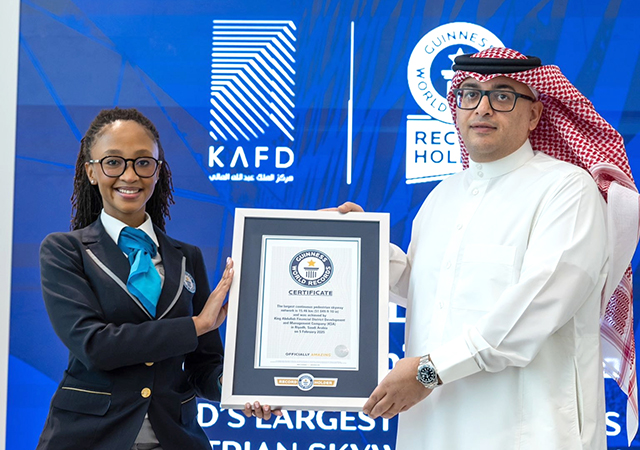

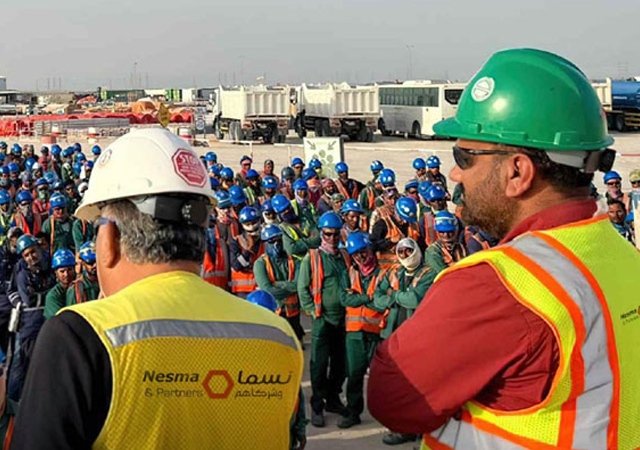

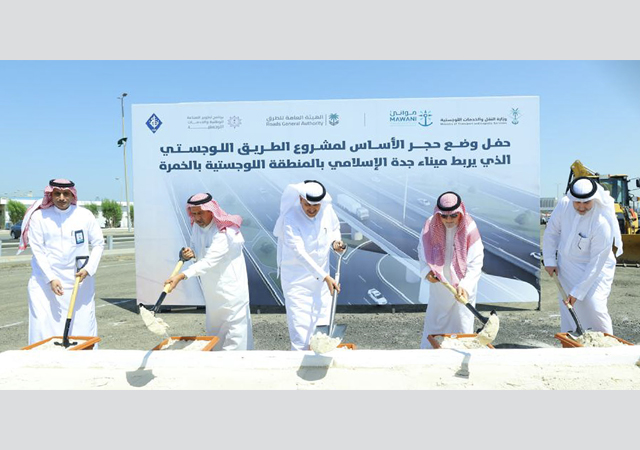






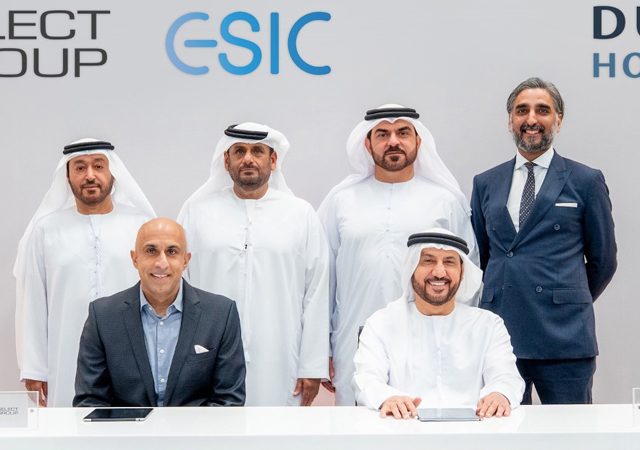











.jpg)
.jpg)

.jpg)







